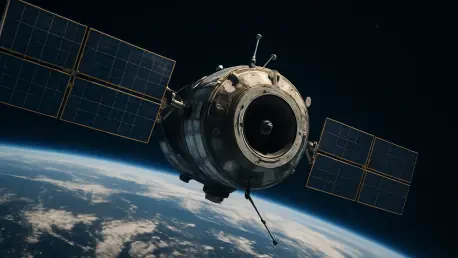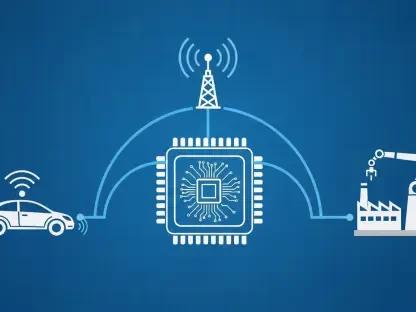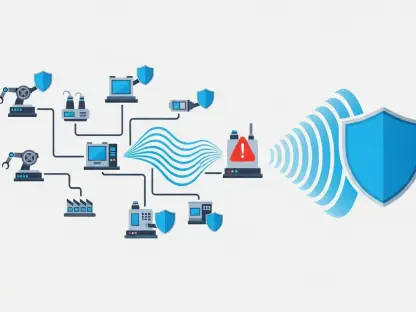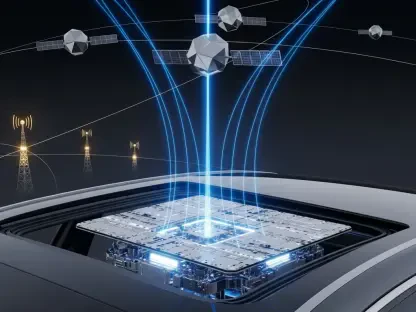Low-Earth orbit (LEO) satellites are redefining the telecommunications landscape in Australia, providing potential solutions for connectivity issues in remote and sparsely populated regions. Traditional terrestrial networks have struggled in these areas, highlighting the necessity for alternative communication methods. This emerging technology is propelled by significant advancements and collaborations, notably the partnership between the Canadian satellite operator Telesat and Australian digital infrastructure provider Vocus. The collaboration seeks to integrate Telesat’s Lightspeed services into the Australian market, aiming for more diverse and robust satellite communication networks.
Evolution of LEO Satellite Services and Their Role
LEO satellite technology has evolved rapidly, marking a shift in global telecommunications. Unlike traditional geostationary satellites, LEO satellites orbit much closer to the Earth, reducing latency and increasing the quality of internet connectivity. In Australia, the entrance of Telesat signifies a diversification in the satellite service provider landscape, previously dominated by SpaceX’s Starlink. Telesat’s expansion is poised to improve connectivity in underserved regions, potentially transforming the nation’s communication infrastructure through its upcoming satellite launches.
Key Features: Low-Latency Connectivity and Terminal Communication
Low-Latency Connectivity
One standout feature of LEO satellite services is their ability to offer low-latency connections. Operating at altitudes between 500 to 2,000 kilometers above the Earth’s surface, these satellites can deliver near-real-time data transfer. Telesat Lightspeed’s low-latency promise is particularly appealing to business and government entities seeking reliable, high-speed internet solutions, presenting opportunities for enhanced operational efficiency in various sectors.
Terminal-to-Terminal Communication
The capability for direct terminal-to-terminal communication distinguishes Telesat’s Lightspeed service. This feature facilitates data transfer without routing through terrestrial networks, adding a layer of security crucial for sensitive information transmission. This advancement opens doors for applications such as secure communications for naval operations and field military activities, leveraging a laser-linked optical space network for immediate data dissemination.
Recent Progress: Innovations and Trends
Recent developments in LEO technology have seen growing partnerships and strategic initiatives that are shifting consumer and industry behaviors. Telesat has secured a multi-year agreement with Vocus to establish Australia’s inaugural LEO landing station, serving as a key interconnection point. This effort anticipates a launch by 2026, establishing the infrastructure necessary to link satellite constellations with regional terrestrial networks, supporting the wider deployment of LEO services.
Practical Uses and Industry Applications
The practical implications of LEO satellite services are already being realized across various sectors. Trials in remote Australian locations test fixed voice services, addressing reliability and quality amidst challenging weather conditions. These trials reflect a broader governmental focus on integrating satellite technology to expand national telecommunications coverage, ensuring even remote areas benefit from enhanced connectivity.
Addressing Challenges and Regulatory Considerations
Despite the promising outlook, LEO technology faces multiple challenges, including regulatory hurdles and market constraints. Technical limitations, such as signal interference and satellite capacity, are critical issues requiring ongoing innovation. Regulatory frameworks continue to evolve, focusing on balancing growth with maintaining fair competition and addressing spectrum allocation. Collaborative efforts are underway to overcome these barriers, ensuring sustainable development.
Continued Expansion: Future Prospects and Implications
Looking forward, the trajectory of LEO satellite technology suggests significant breakthroughs and expansions. As an integral component of Australia’s telecommunications strategy, future enhancements may involve augmented service reliability and extended reach, catalyzing broader adoption. The intricate balance of government policies and private sector innovations promises to shape the industry’s future, potentially transforming connectivity across the nation.
Conclusions Derived from Review
The review of LEO satellite technology reveals a dynamic intervention capable of drastically improving connectivity where traditional networks falter. Real-world applications underscore its potential impact on remote telecommunications, emphasizing the importance of ongoing trials and regulatory developments. With strategic partnerships like Telesat and Vocus, this technology stands at a pivotal point, positioned to redefine communication infrastructure across Australia, offering solutions for coverage gaps and mission-critical communication needs.









